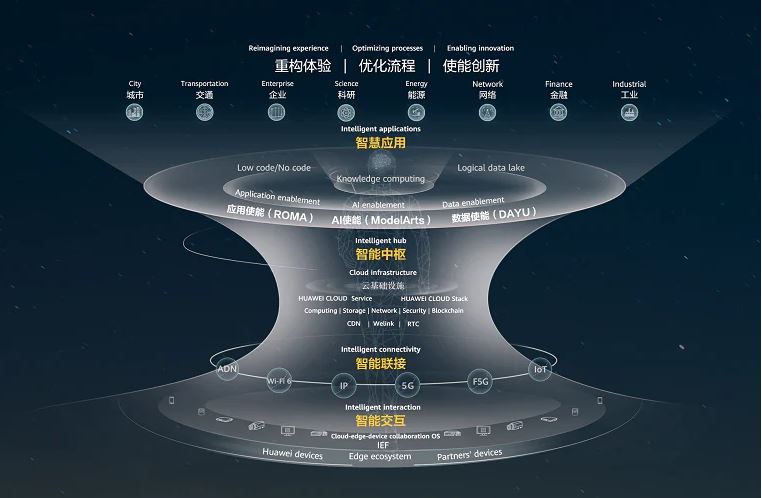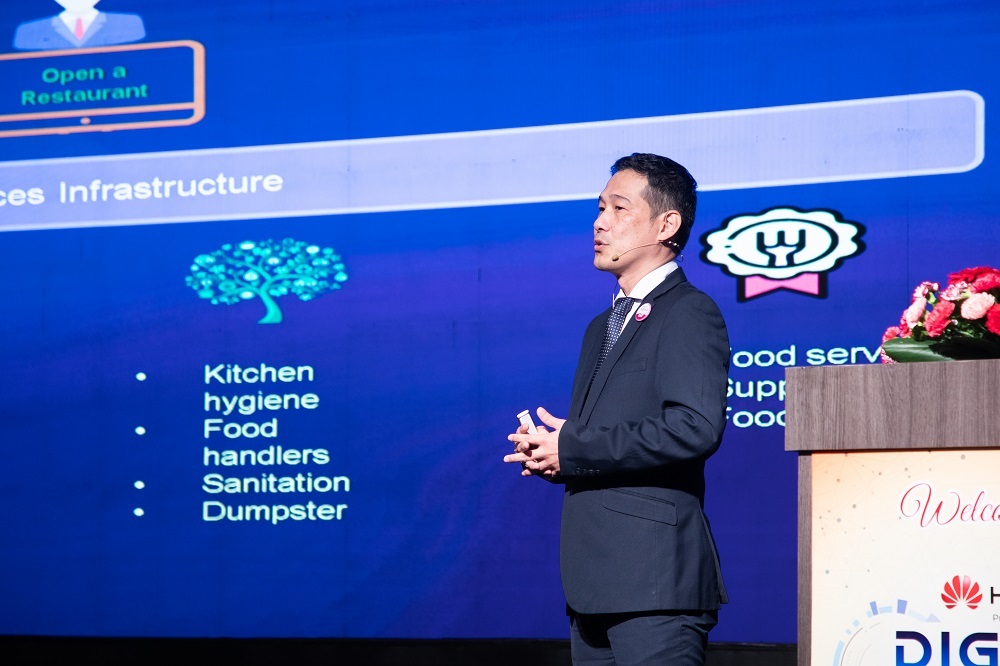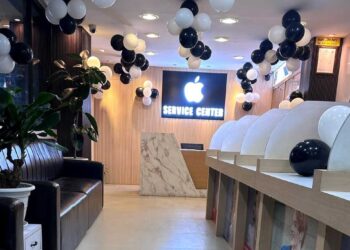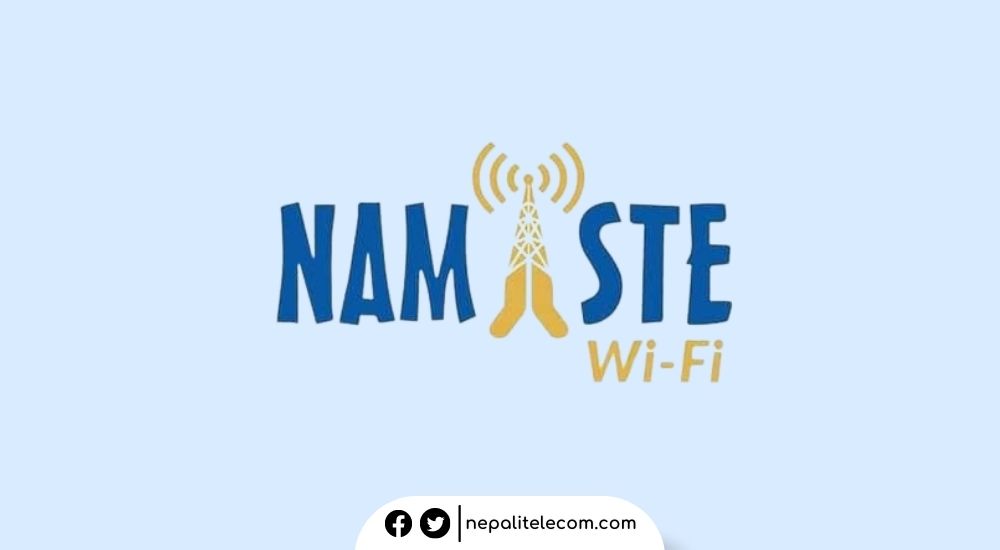Digital Transformation refers to a complete change of a corporate organization and its business processes and Huawei has been a top contributor to it around the globe. It should enable companies to meet sustainable growth in business through the use of emerging technologies, Patrick Low, Global Public Services Industry Expert at Huawei Technologies said when he was talking about Intelligent-Twin architecture.
Mr. Low claims that most Digital transformations have not taken User Centricity as a core aspect. And it culminates in them failing to improve customer experience. He was speaking at the Huawei Digital Nepal Conclave held in Kathmandu in June.
User-Centricity is an approach that seeks to compel an unwilling customer into willing for something. Making the most of the data available to provide value-add back to the users is one of the ways to do so. For example, matching the user to a buyer/seller of extra services helps them achieve better output than they can expect. At the same time, the outcome forces users to volunteer their information to the data collector to enjoy the value-add provided.

It is not a complete blank either but just not that effective. Manu businesses deploy solutions like cloud computing, big-data analytics, IoT, etc. for digital transformation. Many are still in the stage of exploring digital transformation and most fail due to the lack of IT implementation. Anyway, the new ideas give a completely new way of thinking about deploying solutions. It comprises a focus back towards the value of Digital Transformation, and User-Centricity.
Also see: Nepal has Great Potential for Digital Transformation: Huawei Nepal CEO
Huawei Intelligent-Twin is the vehicle for digital transformation
Meanwhile, Huawei Intelligent-Twin architecture is considered a potent enabler for Digital Transformation. This flagship solution stresses the right infrastructure to complement innovative applications.
The right infrastructure consists of an integrated intelligent system with collaboration across cloud, network, edge, and device. In addition, it also includes 2 key components namely “intelligent connectivity” and “intelligent Hub” to form an underlying infrastructure. This combination helps effectively an effective system to enable today’s businesses to stand out from the rest. It is essentially a Cloud+AI solution.

Don’t miss: How to Apply for National ID | Find benefits, FAQs
An example would be the real-world virtual 3D Modelling of Singapore City allows real-time objects to be stitched into the virtual environment. The solution creates a rich ground for simulation of effects to the virtual space, like flooding hence the name “Intelligent-Twin”.
Huawei has likewise undertaken multiple projects that went on to become award winners in Global Smart City Awards.
Should businesses jump to their digital transformation? is it inevitable or they should wait? Do share your opinion in the comments below.













